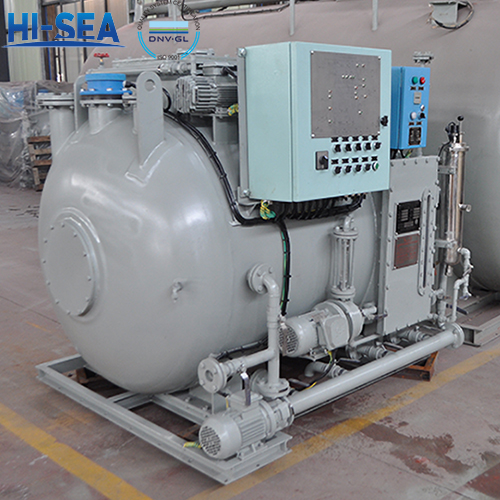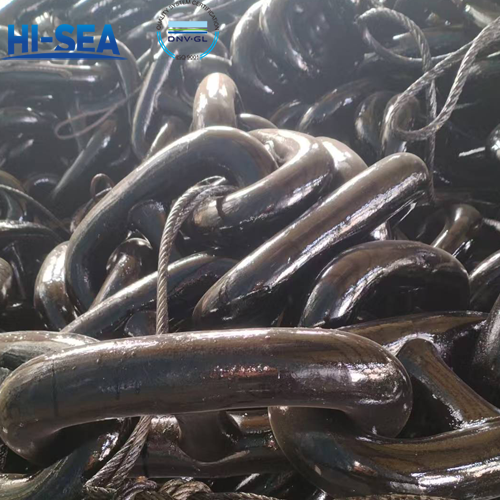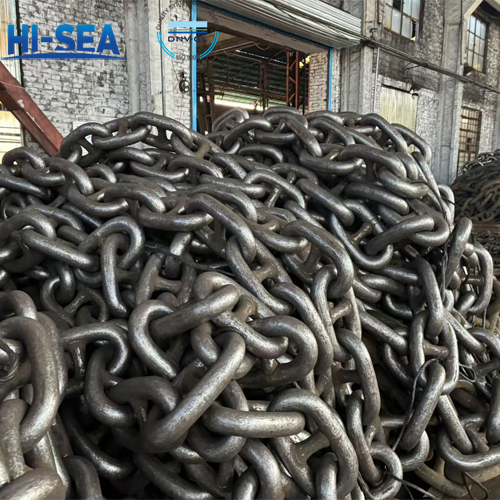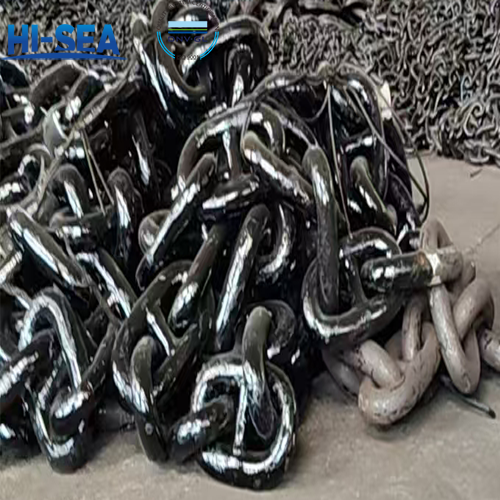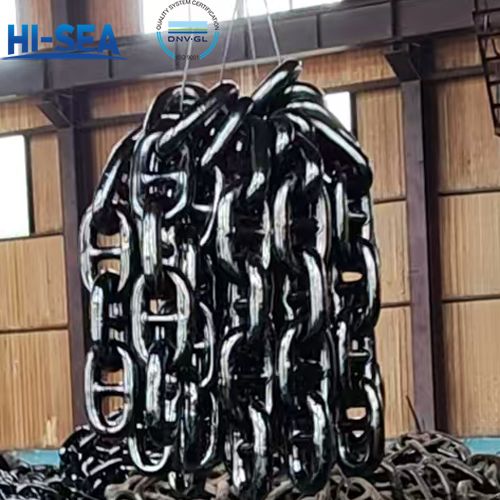
Principles and Discharge Requirements of Marine Sewage Treatment Plant
Marine sewage treatment plant for domestic use is the equipment on ships used to treat the sewage discharged by the crew's daily life. Its main principle is to remove the harmful substances in the sewage through a series of physical, chemical and biological treatment processes to make it reach the discharge standard stipulated by the International Maritime Organization (IMO), so as to protect the marine environment. This article will introduce the basic principles of the marine sewage treatment plant for domestic use and the relevant requirements of the International Maritime Organization's Marine Environment Protection Committee (IMO.MEPC) and the International Convention for the Prevention of Pollution from Ships (MARPOL) for the discharge of domestic sewage at sea.
Overview
To understand the marine sewage treatment plant for domestic use, it is first necessary to clearly distinguish the types of ship sewage.
types of ship sewage:
Sewage (black water): refers to the sewage generated by personnel or living animals on the ship, including:
The excrement and other wastes from any form of toilet;
The discharges from the hand basins and bathtubs in the infirmary (pharmacy, ward, etc.) and the discharges from the drainage holes in these places;
The discharges from the places where living animals are housed;
Other wastewaters mixed with the above discharges or wastes.
This part is required by the convention to be treated or have its discharge restricted.
Grey water:
Refers to the drainage from kitchen washing, bathing, laundry and washbasins, but does not include the drainage from toilets, infirmaries and animal quarters, nor does it include the drainage from cargo spaces.
Although there is no treatment requirement given for the "grey water" discharged from wash basins, kitchens and laundries, etc., it must be treated when it is discharged in a mixed manner with "black water".
Note: Some countries and regions have independently formulated stricter ship domestic sewage discharge standards to protect the environmental quality of the local water areas. For example, the discharge indicators of BOD5, SS, and E. coli required by IMO are 50 mg/l, 50 mg/l, and 250 per 100 ml respectively, while the discharge indicators required by the regulations in the Alaskan sea area of the United States are 20 mg/l, 25 mg/L, and 100 per 100 ml respectively. And some regions require both black water and grey water to be treated; and even prohibit the discharge of any form of ship domestic sewage in some special and sensitive water bodies, such as nature reserves, water sources, and habitats of rare fish species, etc.
Sewage treatment equipment:
Sewage storage tank: refers to the tank used for collecting and storing domestic sewage.
Recognized domestic sewage treatment device (conforming to the MEPC.2(VI) resolution standard): It is composed of an aeration tank, a contact tank, and a sedimentation and disinfection tank. In the aeration tank, the activated sludge flocs mainly composed of aerobic bacteria form a cotton-like and sticky floc that adsorbs organic substances and turns into harmless carbon dioxide and water under the condition of oxygen supply, and at the same time the activated sludge is reproduced; there is a soft filler hung in the contact oxidation chamber to serve as a biofilm, and the organic matter is further digested; the accumulated activated sludge sediment in the sedimentation tank is then returned to the aeration tank as a strain for reproduction and reprocessing, and the sewage after sedimentation treatment finally enters the disinfection tank to be sterilized with chlorine-containing drugs, and then discharged to the outside of the ship by the discharge pump.
Domestic sewage treatment device (conforming to the MEPC.159(55) resolution standard): Domestic sewage first enters the buffer tank, and is crushed by a crushing pump in the buffer tank, and then pumped into the batch tank equipped with a soft filler to carry out the integrated program control treatment of "inflow - aeration - sedimentation - drainage", and after passing through the built-in membrane filtration, it can fully meet the requirements of the IMO.MEPC 159 (55) resolution standard through ultraviolet disinfection.
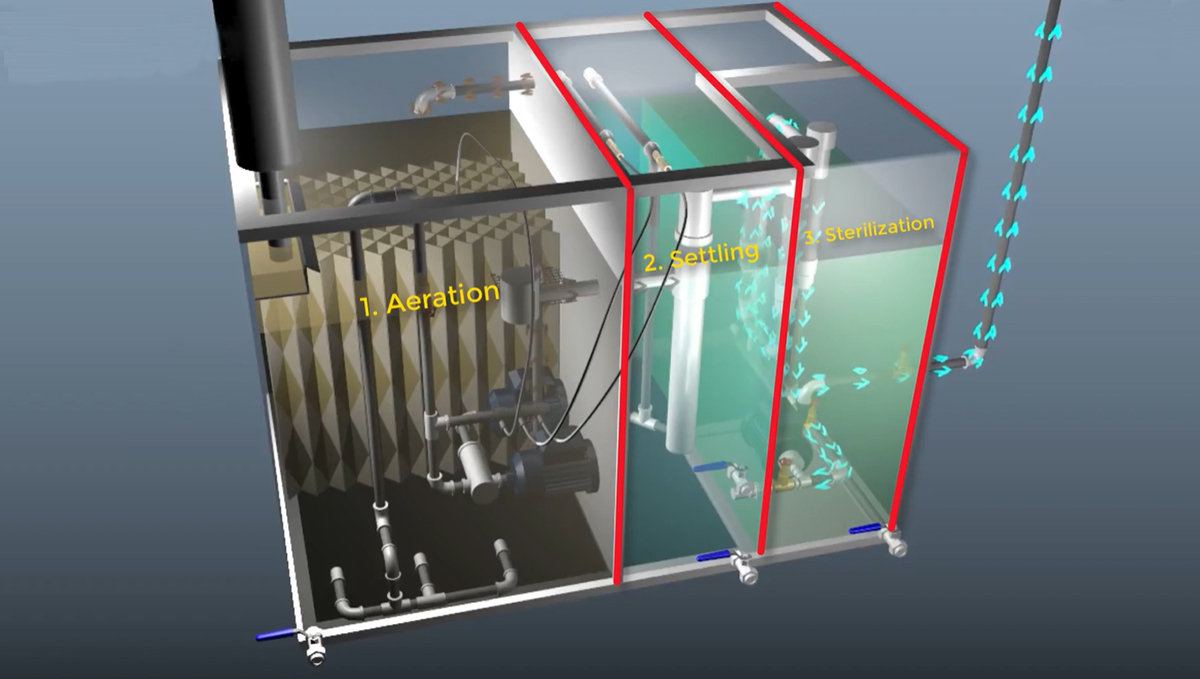
Development of IMO.MEPC resolutions:
IMO.MEPC.2(VI) Resolution: Refers to the resolution of the "Recommendations and Performance Test Guidelines for International Discharge Standards of Sewage Treatment Plants" passed by the Marine Environment Protection Committee (MEPC) of the International Maritime Organization (IMO) in 1976.
IMO.MEPC159 (55) Resolution: Refers to the resolution of the "Revised Guidelines for the Implementation of Discharge Standards and Performance Test Guidelines for Sewage Treatment Plants" passed by the Marine Environment Protection Committee (MEPC) of the International Maritime Organization (IMO) on October 13, 2006. This resolution has made brand new and stricter requirements on the requirements of the "MARPOL73/78 International Convention for the Prevention of Pollution" Annex IV regarding the ship's sewage treatment plants.
IMO.MEPC.227 (64) Resolution: It means that IMO passed the "2012 Discharge Standard and Performance Test Guidelines for Sewage Treatment Plants" at MEPC64, supplemented the dilution regulations of raw water for testing, and added new requirements regarding the performance indicators (total ammonia and total phosphorus) of domestic sewage discharged by passenger ships in special areas. This guideline is applicable to the sewage treatment plants installed on ships after January 1, 2016 and replaces MEPC.159(55). The equipment should obtain the type approval certificate issued according to this guideline.
International emission standard:
MEPC.2(VI) resolution discharge standard: The coliform group is not more than 250 per 100 ml, suspended solids (SS) is not more than 50 mg/l, biochemical oxygen demand (BOD5) is not more than 50 mg/l, and the pH value is 6-9.
MEPC.159(55) resolution discharge standard: The coliform group (Coliform) is not more than 100 per 100 ml, the total amount of suspended solids (TSS) is not more than 35 mg/l, the 5-day biochemical oxygen demand (BOD5) is not more than 25 mg/l, the chemical oxygen demand (COD) is not more than 125 mg/l, the residual chlorine (Residual Chlorine) is less than 0.5 mg/l, and the pH value is 6-8.5.
MEPC.227 (64) resolution discharge standard: The coliform group (Coliform) ≯ 100 per 100 ml, suspended solids (TSS) ≯ 35 Qi/Qe mg/l, biochemical oxygen demand (BOD5) ≯ 25 Qi/Qe mg/l, chemical oxygen demand (COD) ≯ 125 Qi/Qe mg/l, the residual chlorine (Residual Chlorine) is less than 0.5 mg/l, and the pH value is 6-8.5.
Define the treatment methods of domestic sewage in anchorage, berthing and sailing:
Sewage treatment during anchoring and berthing
Except for the necessary domestic water, the generation of domestic sewage should be controlled as much as possible;
The domestic sewage can bypass the domestic sewage treatment device and directly enter the domestic sewage storage tank, but the air pump of the device must not be shut down; the domestic sewage must not be discharged overboard, and the direct sea valve is locked and a sign of "it is strictly prohibited to open without the consent of the chief engineer" is hung;
The domestic sewage can also enter the domestic sewage treatment device. At this time, open the domestic sewage to the storage tank valve, and place the control switch of the discharge pump and the air pump in the "automatic" position. The discharge pump realizes automatic start and stop through the liquid level controller;
In order to ensure that the aerobic bacteria do not die, the air pump must not be shut down; the fourth engineer should keep a comparison table of the height and volume of the sewage collection tank, and frequently measure the sewage collection tank (or called domestic sewage storage tank) to ensure that there is sufficient empty tank capacity during anchoring and berthing; when the sewage collection tank cannot accommodate the generated domestic sewage, an application should be made to the unit recognized by the port authority for reception, and after the reception, the ship should keep the receipt certificate issued by the receiving unit such as the receipt.
Sewage treatment during sailing
For ships equipped with domestic sewage treatment devices that comply with the MEPC.159(55) and MEPC 227 (64) resolutions, domestic sewage can be discharged in the waters within 3 nautical miles from the nearest land, but it must be ensured that the treatment device is in an automatic operation state, and the domestic sewage is treated through the treatment device and meets the following requirements before being discharged overboard:
When the ship is sailing;
The discharged matter does not produce visible floating solids in the surrounding waters nor discolor the water;
The test results of the equipment have been written in the certificate for preventing domestic sewage pollution.
For ships equipped with an approved device that crushes and disinfects domestic sewage, domestic sewage can only be discharged in waters more than 3 nautical miles from the nearest land and the ship's speed is not less than 4 knots, and the discharge rate does not exceed the maximum allowable discharge rate under the corresponding ship speed;
For ships without installed disinfection and crushing devices, domestic sewage can only be discharged in waters more than 12 nautical miles from the nearest land and the ship's speed is not less than 4 knots, and the discharge rate does not exceed the maximum allowable discharge rate under the corresponding ship speed;
When domestic sewage is mixed with other wastes or wastewaters constrained by other requirements, in addition to the discharge requirements of domestic sewage, it should also meet the discharge requirements of other wastes or wastewaters.
Conclusion:
Congratulations on reading the whole article! I believe you must have a deep understanding of Marine sewage treatment plant and related discharge conventions.
If you still have questions, or have a plan to purchase Marine sewage treatment plant, please be sure to contact us. At the same time, you can also visit our Marine sewage treatment plantt homepage for more in-depth understanding, thank you again for your browsing!

